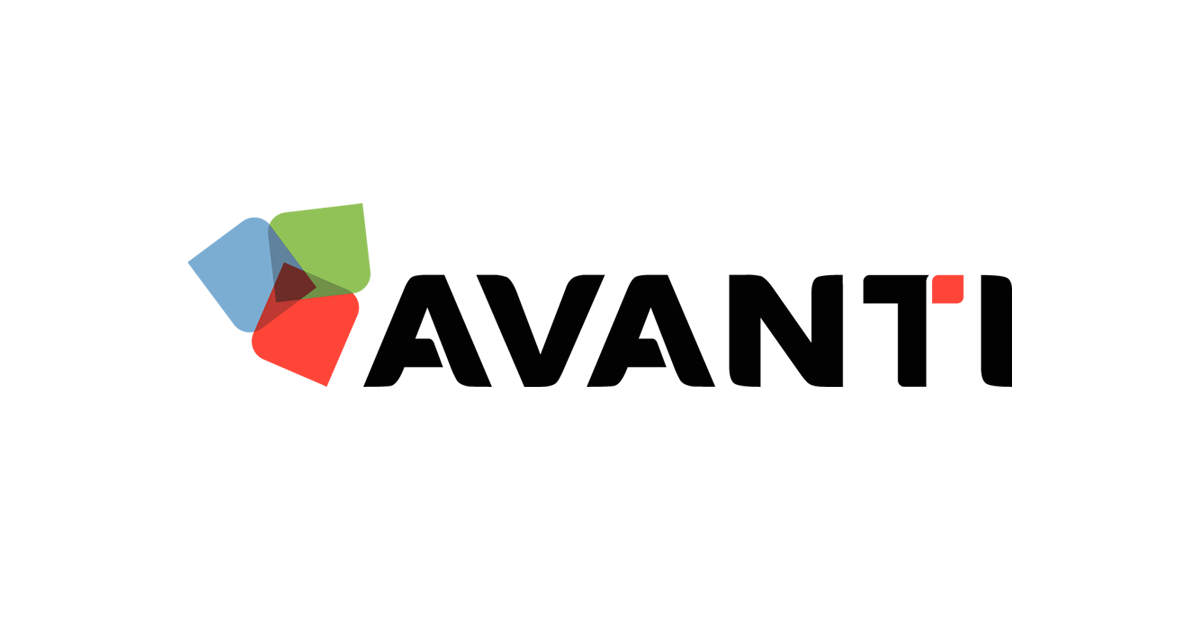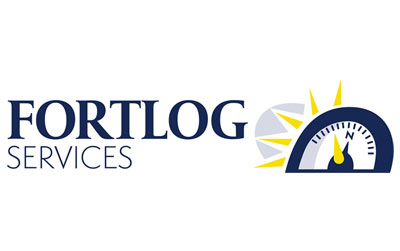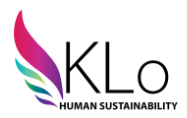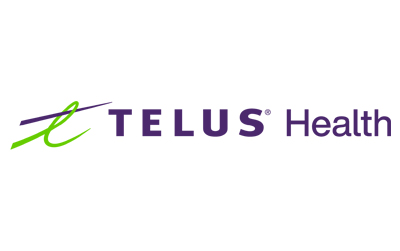
Issue #10 – DECEMBER 2023
HR Navigator is published the last Friday of each month

The Importance of Giving Yourself a Break
To build resiliency against burnout you need to prioritize self-care, set boundaries, maintain a work-life balance and seek support when needed. This is all easy to say, but hard to practice, particularly at this time of year. As HR professionals, we are typically the ones providing this advice to co-workers and family, but based on my personal experience, we rarely practice this ourselves.
I am a list person. I list everything I need to do all the time. It gives me a sense of accomplishment and I have even added something to the list just so I could cross it out when I completed it! List-making helps me navigate and prioritize the items I need to work on.
Let’s face it, it’s very difficult to maintain a work-life balance. I have an advantage in this area over some others because I have been an empty nester for the past four years; this means I don’t have to worry about driving anyone to a practice or ensuring I have food prepared. I know many of you struggle with this and sometimes you feel that you aren’t giving enough to either work or home duties. I can assure you that you are doing a much better job than you think you are! Recently I asked my children (who are 23 and 25 years old) if they ever thought I missed something or wasn’t there for them during their childhood or if they felt I worked too much. They both indicated that they never noticed any of those things and that I was always there when they needed me. I was so happy to hear this and it proves my theory that we are the hardest on ourselves.
If you feel you aren’t coping in certain areas or feeling overwhelmed, don’t be afraid to ask for help. HR professionals continuously suggest employee assistance programs to our employees, but I’m not sure we take advantage of this program ourselves. We must consider all the tools we have to assist us in moving forward.
I hope that everyone can enjoy some personal time during the holiday season and do whatever makes you happy, and I hope that each of you will make it your New Year’s Resolution to give yourself a break, both literally and figuratively!
Happy New Year everyone!

Lori Bolton, President
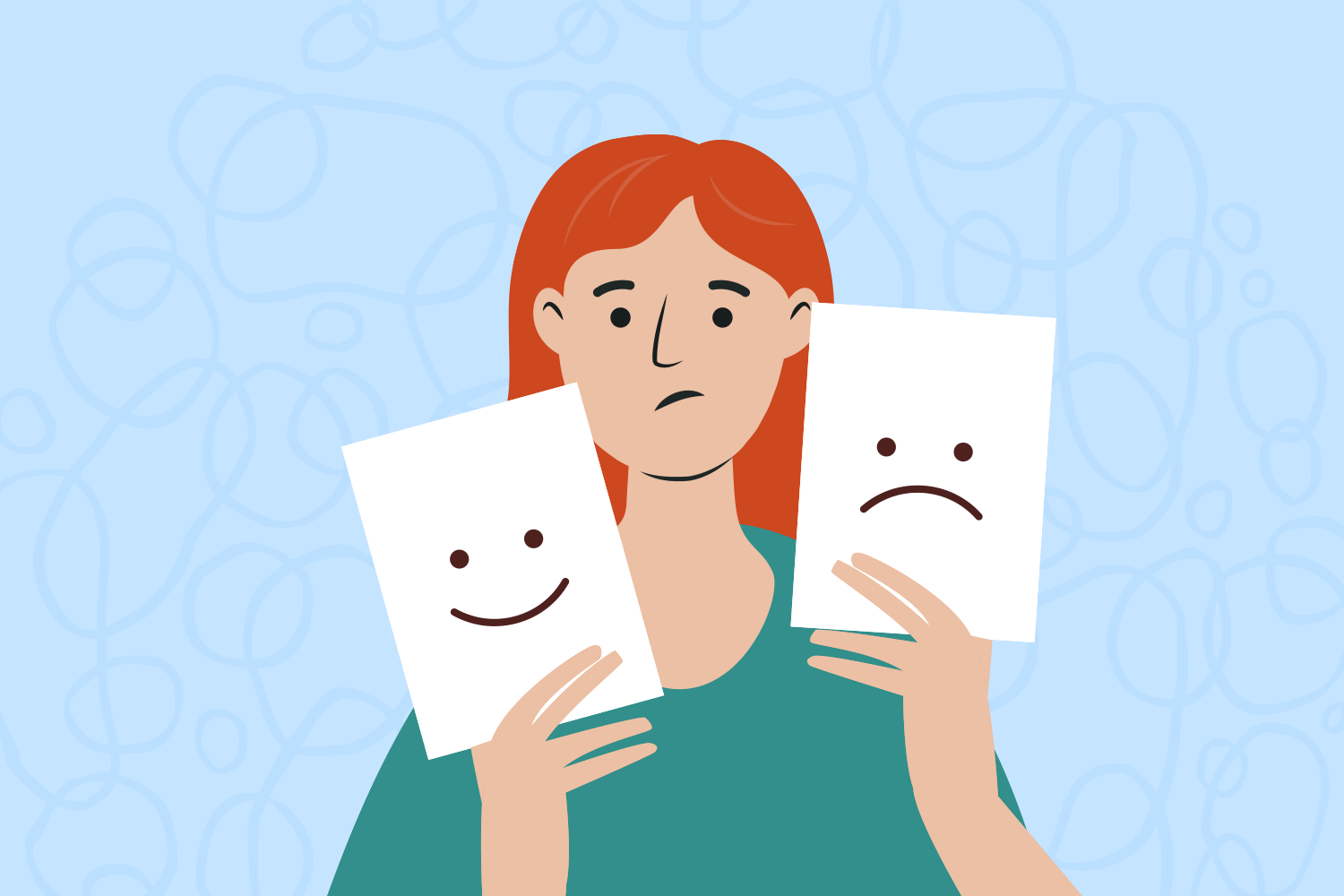
Quiet Quitting: How to Tackle Employee Disengagement
By now, you’ve surely heard of “quiet quitting.” This trending term has everybody talking. If you haven’t read or seen much on the topic, we’ve broken down what it is, what people are saying about it, and what employers and HR teams can learn from it.
What exactly is quiet quitting?
Quiet quitting is simply the thought that you fulfill your responsibilities at work based on your outlined accountabilities, during the specified hours, in exchange for the compensation that’s been agreed upon — no more and no less. The idea behind quiet quitting started with young professionals. Millennials and Gen Zers are speaking up to advocate for better work-life balance, a focus on wellness, and investing more time and energy into a meaningful life outside of work.
Many people, especially HR practitioners, are also pointing out that this topic isn’t new. The phrase “quiet quitting” may be new, but the underlying challenges and negative impacts of overworking and the “hustle culture mentality” have been around for years.
Why managers and HR professionals should care
Many of today’s professionals are looking for jobs that offer flexibility in working hours or location, such as remote or hybrid options, in the midst of companies rolling out return-to-office plans. The Great Resignation is proof that people are ready to make career moves in search of working conditions and environments that best suit their needs. In order to retain and attract the best talent, employers have to keep the employee experience top of mind in order to stay competitive in a hot labour market.
How to tackle employee disengagement and burnout
With all of these learnings and research, it’s important for managers and HR teams to objectively evaluate their employee experience and make an action plan for how to continuously improve it. Here are a few takeaways that you can implement in your workplace to get the conversations started:
Use annual surveys and pulse surveys to get long-term and short-term engagement data
You should conduct a longer, more thorough employee engagement survey at least once a year. This will help provide the data for a big-picture view of your organization to use as benchmarks and to guide valid and actionable survey results. It’s important to use these results to track important trends year by year.
In addition to annual surveys, you can use shorter, more frequent pulse surveys to dive deeper into specific results or for quick feedback on timely topics. Pulse surveys are helpful for getting a real-time view of your employee experience and for gathering insights for responding and adapting quickly. Both annual surveys and pulse surveys are needed for a full picture of how your employees are engaging over time.
Regularly discuss your employees’ roles and accountabilities
The whole idea of quiet quitting is that employees want to stick to their written job description, but the responsibilities of a job can progressively change, so it’s a good idea to regularly review what that includes. We recommend having a regular cadence of reviewing each employee’s role and accountabilities, at least once or twice a year. Check whether there are metrics or measures for success clearly laid out so that when it comes time for performance reviews there are no unexpected surprises.
Integrate a career development plan discussion into performance reviews
There is no one-size-fits-all career trajectory or path. Every employee has different needs and goals. By ensuring a career development plan and discussion are part of your annual or semi-annual performance reviews, you can learn what are the particular drivers and direction for each employee. Are they happy in their current role or are they looking to expand? If they’re happy in their role, what do they like best about it? Are there any skills or areas of expertise they’d like to develop? Do they aspire to be in a people leader or manager role or do they prefer excelling as an individual contributor? These are all great questions for employees to consider and reflect on before discussing their career development plans with their manager.
Coach your team about remote work and setting boundaries
Just because most of us have been working from home for the past 2+ years due to a global pandemic doesn’t mean that all of us have mastered it. The more blurred the lines become between home and work, the more challenging employees find it to disconnect from work. Managers and people leaders should be equipped to help coach and guide their teams in setting boundaries while working from home and taking time off. Managers also need to lead by example in this matter, such as taking PTO and setting expectations that employees should be unreachable during off hours and vacations.
Discuss mental health and burnout and provide resources
Managers and HR teams should provide a safe space for employees to talk about mental health and burnout. It’s important to check in with employees to see how they’re handling new projects, transitions, or work-life balance. Ask if they need any support or additional resources.
There’s no quick fix for improving employee engagement. It’s on employers to continuously gather feedback and implement the right programs. By keeping a pulse on the employee experience, gauging employee engagement, and working towards a healthy work culture — you can create a workplace where your people thrive.
OMHRA Member Spotlight
Nicole Thomas
Human Resources Business Partner
City of Quinte West
OMHRA Member since February 2021
 What are three adjectives your colleagues would use to describe you?
What are three adjectives your colleagues would use to describe you?
- tenacious
- funny
- caring
If you had to state your three rules of engagement, what would they be?
- Remember that tomorrow’s a new day.
- Always try to look at things from a different perspective.
- Ask lots of questions.
Did you have an important early influencer in your life? Could you reflect on their role in shaping you and perhaps preparing you to be a resilient leader?
Not one person but a group of people. When I was in high school, I volunteered at a youth group supporting youth with special needs and later worked there in my first “real job” after university. It was there that I first had experience with managing HR functions and it led me to pursue further education in human resources management. My experience taught me a lot about how kindness and empathy go a long way in this world, especially as a leader. This experience also instilled in me a passion and a strong desire to advocate for accessibility and equity in the workplace and beyond.
What advice do you have for people just beginning their careers in human Resource Management?
Don’t be afraid to speak up. Ask questions. Learn from your colleagues. Take your time. If you make a mistake, it is ok. Learn from it and move on.
What may surprise your colleagues about you?
I am pretty much an open book with my HR colleagues so I am not sure if much would surprise them at this point. A fun fact that may surprise my other municipal colleagues is that I am a certified yoga instructor and prior to the pandemic I was actively teaching yoga.
Do you have a hobby or non-work-related activity that you think enhances your effectiveness at work?
I am an avid knitter and have even dabbled in knitwear design. It’s a great creative outlet, and it allows me to disconnect from thinking about work and focus on the item in my hands at the moment. I love the history behind knitting and the practicality of being able to make handmade items for my wardrobe and home decor. It has also improved my math and Excel skills. I also love to read, particularly thrillers, true crime, and historical fiction.
What is your favourite quote?
Be who you are and say what you feel, because those who mind don’t matter and those who matter don’t mind. Bernard Baruch (often misattributed to Dr. Seuss).
What is your favourite work of fiction?
A favourite from my childhood was Charlotte’s Web by E.B. White.
More recently, Station Eleven by Emily St. John Mandel. She is a Canadian author with many great novels. The book was recently made into a limited series on HBO which I think was an amazing adaptation.
What book on human resource management should every practitioner read?
Honestly, I don’t really read a lot of books on HR management. I like to read a lot in my spare time to disconnect from work so it’s not a subject high on my reading list. That being said, I do like to read HR blogs and follow lots of HR content creators. Some of my favourite blogs include Suzanne Lucas (aka The Evil HR Lady) and Liz Ryan (Human Workplace). I also follow HackingHR, Humourous Resources, BakedHR, Dan from HR, and HR Manifesto. I like being able to get “microdoses” of HR content and perspectives of HR practitioners without having to sit down and read a whole book.

Building Resiliency to Limit Burn-Out
It is not about saying NO!
Saying ‘NO’ is not the hardest part to build resiliency, or to thriving. Saying NO is not the real issue to mitigating burnout.
Think about it, there are lots of people who are able to say NO. Does this mean they will not burnout? Sometimes, the people who trigger burnout symptoms in others are often saying ‘no’!
Maybe some faulty beliefs are impacting you? Beliefs like ‘self-care is selfish’, a ‘prison’ filled with ‘woulda-coulda-shoulda’ or ‘what would others…’, ‘what about precedence, what if, if only’.
Who helps leadership [you] finish well?
We get the ‘press on, only ‘X’ number of years until retirement but when we do not keep healthy [resilience is a minimum] on company time, we are forced to do it on our own dime -not many can afford this.
Is this true for you? Caregivers stink at self care.
Resiliency, like thriving, is an active process never passive. It is the choice to react or act, to react or respond. It is about what we say YES to. To say yes to self-care means we will have enough ‘charge in our battery’ to give the boost to our loved ones when they need it. What is selfish about that? To not have enough charge, to give them a boost, is selfish.
What to do to build resilience or thrive?
Stress Itself is Not Negative. There are 4 types of Stress; Eustress [positive], Distress [Negative], Cumulative which often leads to Burnout and Critical Incident stress where normal coping mechanisms are overwhelmed.
Why this matters?
When we do not have enough eustress, energy erodes. If the active, proactive, effort is not applied the process is not complicated. Compare it with a sprained ankle. We can delay, press on, only to discover we must treat hip, knee, or back pain.
This same thing applies to resilience, the longer we wait, the more effort to regain resilience.
Research has shown the erosion happens in three stages. [NB. These are not for diagnosis but triage].
- Stage 1: Stress Arousal. Two of the following; headaches, persistent irritability, persistent anxiety, periods of high blood pressure, bruxism (grinding your teeth at night), insomnia, forgetfulness, heart palpitations, unusual heart rhythms (skipped beats), inability to concentrate
- Stage 2: Energy Conservation. [only Two] lateness for work, procrastination, three-day weekends needed, decreased sexual desire, persistent tiredness in the mornings, turning work in late, withdrawal from friends and/or family, cynical attitudes, resentfulness, increased coffee/tea/caffeine consumption, increased alcohol consumption, apathy
- Stage 3: Exhaustion. [only Two] chronic symptoms of sadness or depression, stomach or bowel problems, mental fatigue, physical fatigue, headaches. There is also the desire to “drop out” of society, to move away from friends, work, and perhaps even family. Suicide ideation can appear here.
NB: The exhaustion stage is where most people finally get a sense that something may be wrong.
WHAT TO DO?
Some Tactics for Stress Reduction Alternate between different types of stress activities
- REST – Recreation, Envision [realistic goal setting], Sleep, thanksgiving [gratitude]. It means activities vary between relaxation, recharging activities [rest, movie, book, music, talk, bath…]
- Roles & responsibilities – set tasks, priorities on reasonable timelines [between nothing and swamped]
- Verbalize thoughts / feelings with coworkers or peers[when timing & person are appropriate]
- Physical releasers – what works for YOU?
- visualizing, progressive muscle relaxing, deep breathing
- Personality approaches get addressed. This means actively doing things which opposite of natural inclination. It means doing at least some of the following; Seek peace, think first, being patient, loyal, kind. Be positive, tolerant, compromising, open, trusting. Maybe learning to listen. Perhaps be strong, courageous, challenging, assertive.
Foundational Piece
Identify those people you want need in your huddle. These people love enough to speak the truth, but at the same time will not shout ‘swim harder’ when it feels like we are drowning.
They can be called peer support, community, but leverage the power of life lessons effectively. They will not volunteer, because they are busy ‘doing it’. They’re available to be ‘go to’ people for us.
Challenging us to live our values, to not settle for being resilient but focus on thriving. When the time comes can just walk beside us and be a friend.
Burnout is like drifting along, no one plans to end up where they do. Resilience, thriving is about initiative and encouragement.
Saying YES to you means you will be able to say YES to the ones who need you, when they need you.
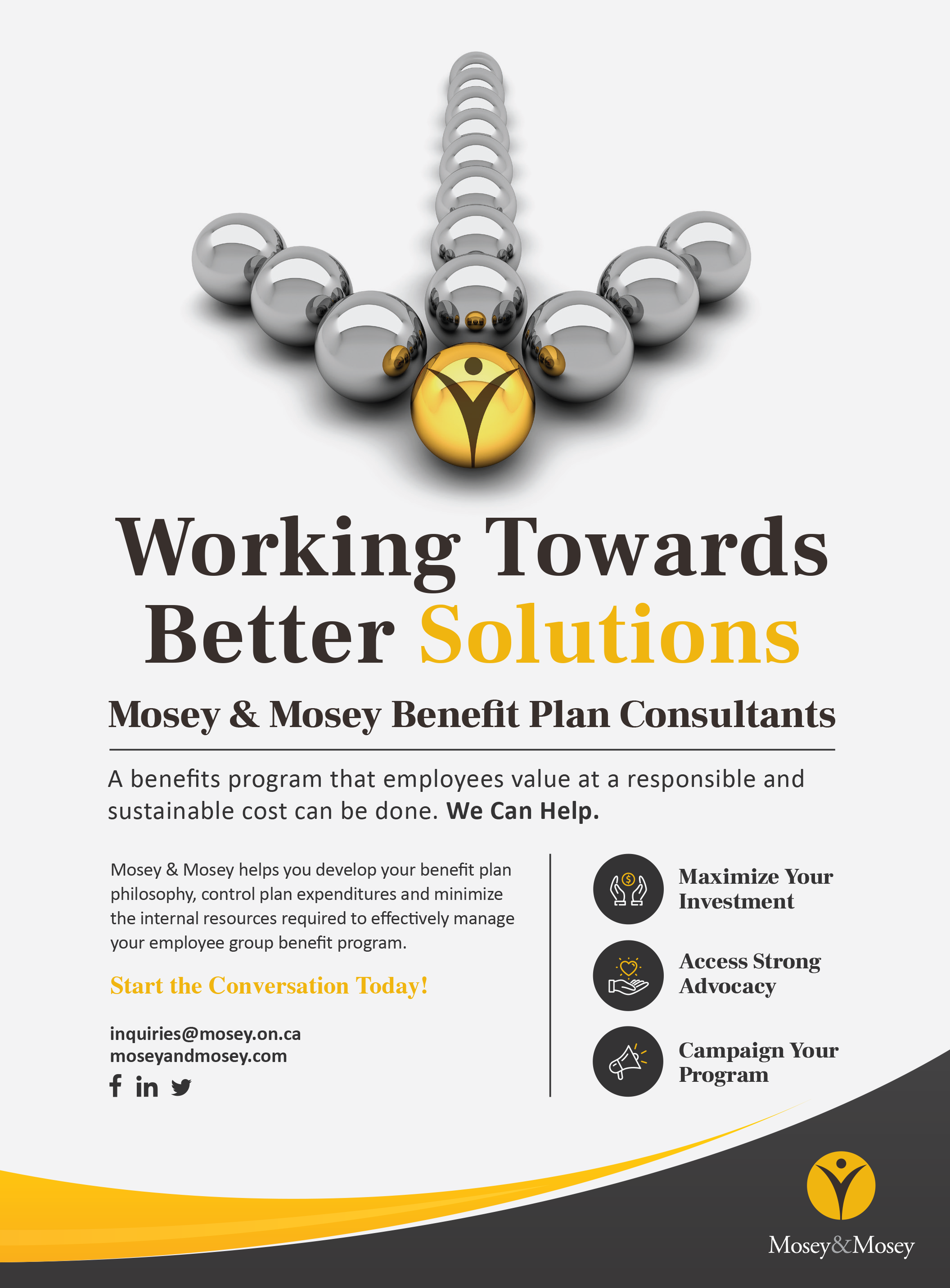
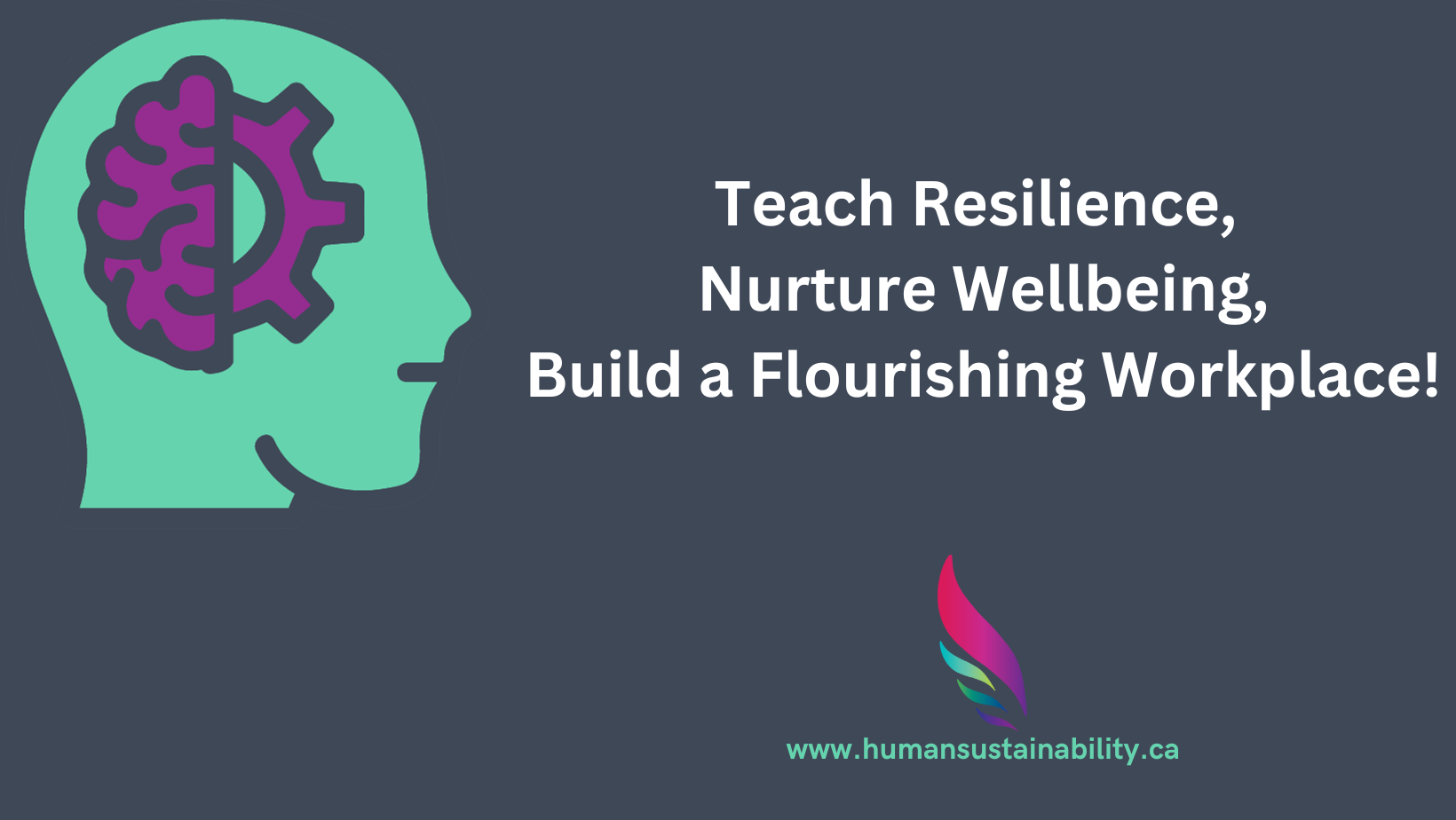
Can Resilience Really Be Taught?
A guide to strengthen employee resilience to overcome burnout.
In the dynamic landscape of today’s workplaces, where challenges and stressors abound, the concept of resilience has emerged as a crucial element in the fight against employee burnout. Research indicates that resilience is a teachable mindset and skillset, offering a powerful solution to the pervasive issue of burnout. As stewards of organizational wellbeing, human resources professionals are uniquely positioned to demystify resilience and champion its integration to foster a workplace culture that thrives despite adversity.
Consider implementing a resilience skills training that empowers employees with the knowledge and tools needed to navigate challenges effectively. This approach not only addresses burnout but also instills a sense of personal mastery, enabling individuals to reclaim control over their lives. But what is resilience and how can it be a potent antidote to employee burnout?
Mastering Attention: Shifting Focus for Emotional Wellbeing
Employee burnout often stems from an overwhelming focus on negative aspects of work or personal life. A resilience skill-building can teach individuals to redirect their attention toward positive experiences. By consciously focusing on what is working and their innate strengths, employees can cultivate a more positive and resilient mindset, ultimately enhancing their ability to cope with stressors.
The Power of Thoughts: Breaking the Cycle of Negative Thinking
Negative thoughts contribute significantly to burnout. Resilience training encourages employees to break free from destructive thinking patterns. By intentionally cultivating helpful thoughts, individuals create mental spaces that foster resilience. This shift not only improves mental and emotional wellbeing but also equips employees to face challenges with a more optimistic outlook.
Motivation to Push Forward: Overcoming Burnout’s Demotivating Effects
Burnout often leads to a decline in motivation, making it challenging for employees to move forward. Resilience training emphasizes the importance of persevering through challenges. By fostering a mindset that values progress over perfection, employees can find renewed motivation, even in the face of adversity.
Effective Coping Strategies: Building Resilience to Withstand Stressors
Coping with stressors is pivotal in preventing and alleviating burnout. Educating on resilience introduces adaptive coping mechanisms, emphasizing controllability. Employees learn to distinguish between situations they can influence and those they must accept. This nuanced approach equips them with the tools to navigate challenges more effectively, reducing the impact of stressors on their wellbeing.
Having a Resilience Plan: Actionable Steps for Employee Wellbeing
Insight without action is incomplete. A resilience plan provides employees with a tangible framework for translating insights into specific actions. This plan should include strategies for moving forward, fostering resilience in the face of challenges. By empowering employees with actionable steps, organizations can proactively address burnout and enhance overall wellbeing.
So How Is Resilience Taught?
Evidence-based resilience training prioritizes the development of mental, emotional, physical, and social skills to empower employees with a well-rounded toolkit for navigating the challenges of work and life. Focusing on mental skills, individuals can learn to manage overwhelming thoughts, worries, and judgments, fostering a resilient mindset for effective problem-solving. Emotional skills training encourages employees to work with their emotions, promoting emotional intelligence and resilience to navigate the complexities of the workplace. Resilience skill-building emphasizes the importance of physical wellbeing, recognizing its impact on mood, creativity, and focus. By maintaining a strong and healthy body, employees are better prepared to withstand the demands of high-pressure environments. Additionally, resilience strengthening would not be complete without delving into social skills, fostering connections with oneself, colleagues, and the broader community, cultivating a sense of belonging and support. This holistic approach not only addresses burnout but also promotes overall wellbeing, contributing to a resilient and flourishing workplace culture.
Considering all facets of resilience building and incorporating these resilience components into a comprehensive training program offers a holistic approach to combat employee burnout. As human resources professionals, your role is pivotal in fostering a positive and supportive workplace culture. By investing in resilience, you not only address burnout but also contribute to the longevity and success of your organization.
In conclusion, resilience is a teachable and indispensable skillset that can serve as a powerful tool in the battle against employee burnout. By demystifying resilience and integrating it into the fabric of your organization, you empower your workforce to navigate challenges with grace, resilience, and a renewed sense of purpose.

How employers can help reduce absenteeism in the workplace.
How high is the cost of absenteeism? In Canada, it’s estimated to cost companies $16.6 billion in productivity per year.
However, absenteeism has both hard and soft costs: there are tangible business losses and intangible impacts on morale. Hard, direct costs are quantitative, and can be measured in dollar amounts.
Soft, indirect costs are qualitative. It’s difficult to measure their financial impact, as decreased engagement, delayed workflows, and diminished morale have long-term rather than short-term ramifications.
A lower rate of unscheduled absences corresponds to higher workplace morale, and one of the ways to help improve it is with programs that can help support health and work-life balance. Here’s why.
Burnout is a symptom of a broken system.
While burnout can have numerous personal and professional causes, it manifests acutely in the workplace when employees are exhausted, have lost the motivation to perform their jobs, and see missing work — including a leave of absence or resignation — as their only recourse.
A 2021 study by McKinsey shows 49% of workers say they’re “at least somewhat burned out”. This alarming burnout rate suggests that employers may not be offering their employees adequate flexibility, rest, and care resources at work or as part of their compensation package.
Furthermore, if burnout isn’t recognized and treated proactively, it can lead to more serious mental health issues. This threatens to make absenteeism, and even employee turnover, much more severe. Mental health problems and illnesses account for 30% of short- and long-term disability claims, according to The Mental Health Commission of Canada, and cost the Canadian economy more than $50 billion annually.
Access to mental health care is a necessity.
For years, there’s been a push to end the stigma around mental health. Employers can show leadership by ensuring the workplace is a safe space to speak about these challenges.
One-third of working Canadians assess themselves as having a “high mental health risk”, resulting in anxiety, isolation, and decreased work productivity. Employers can start making a meaningful difference by encouraging candid conversations around mental health, and providing on-demand resources, such as digital materials and health-related consultations.
TELUS Health Virtual Care data shows that more than 70% of virtual health consultations take place during work hours, making it less likely that employees would need to book time off to access these services. Virtual Care makes accommodating health-related concerns for employees more convenient, and being able to access care when they first need it can help them feel more empowered at work in the long term.
A strategic benefits survey conducted by Society for Human Resource Management demonstrates the connections between better healthcare, lower absenteeism, and higher productivity. Of the 68% of HR professionals whose organizations offered some type of wellness program, 65% reported that the initiatives were “very effective” or “somewhat effective” in reducing health-related costs.
Work-life balance is imperative for employees.
Work-life balance programs boost company morale. A large part of creating a positive work environment involves trusting employees to take ownership of their time so they can achieve balance and seek support when they need it.
This personal and professional life balance can also be enhanced by an employee assistance program (EAP). A Federal Occupational Health study found that having an EAP led to a 69% drop in absenteeism and a 10% decline in workplace distress, while overall life satisfaction increased by 24%. It’s also effective in delivering immediate, short-term solutions for personal or professional challenges.
Putting people first matters more than ever.
Today, virtual solutions make it easier for organizations to deliver programs and benefits that let employees personalize their care, optimize their time, and invest in their health and wellbeing. Examples include providing virtual access to an on-demand network of healthcare professionals, along with care resources, ancillary services, and digital health platforms that help employees set, measure, and gamify health and wellbeing goals.
Having these solutions streamlined and connected to one another can also help ensure employees can easily navigate those programs to get support where and when they need it.
Discover how TELUS Health can help reduce absenteeism in your organization.

How To Help Employees Remain Strong, Optimistic and Well
A recent survey by LifeWorks Inc. found 25 per cent of Canadian employees are experiencing increased tension or conflict at work. The surveyed employees aged 40 and younger noted they were experiencing this 80 per cent more than workers aged 50 or older. And managers reported a lower mental-health score than non-managers. Stress from workload, finances and work-life balance all impact your employees – leading to burn-out.
Employee stress impacts your organization’s health. Have you seen the clues? Take a look at how your employees are performing at work. Are they really focused on their job? Do they seem anxious? Are they arriving late, taking sick days frequently or leaving early? As an HR professional you may not be an expert in mental health management and may be missing the signs that your employees are under stress and how that stress is impacting your organization.
Health insurance can help keep your business healthy
The 2023 Benefits Canada Healthcare Survey notes that fifty-one per cent of employees covered by an employer health plan said they understand their health benefits plan extremely or very well, which is down from 65% in 2018 when this question was last asked. That means they may understand how their health benefits can assist them when under stress.
Unfortunately, just over a third (38%) of employees only understand their employer provided health coverage somewhat well and 11% do not understand their plan at all.
When feeling stress and burnout, too often an employee’s experience in getting support is challenging, especially when it comes to navigating our complex health-care system.
As a professional focused on employee well-being, you can fill this gap by helping members understand all of the resources available, both through public health care and their group health benefit plan.
Here are some of the ways your health insurance plan for employees can help support their mental and physical health (and your organization).
Coverage for Professional / Registered Therapists
While treatment from a general practitioner will usually not cost an employee anything, expenses for other therapy (including individual, marriage and family therapy, or addiction counselling) can really add up. Counselling provided by a psychologist or social worker can help an employee think about their problems differently and give them ways to manage — and usual and customary fees charged can be covered under the health insurance you provide, up to a plan maximum covered per year.
Medications
Many individuals find that prescription medication decreases their suffering from stress and improves their quality of life. Health benefits can cover costs for a wide variety of prescription drugs. Employees value the coverage and ease of taking their health benefit plan card to the pharmacist, avoiding some out-of-pocket costs.
Alternative Therapies
When it comes to improving an employee’s overall well-being in mind, body, and spirit, they may consider alternative therapies. Naturopathic doctors, Swedish and shiatsu massage performed by registered therapists, and eastern-based acupuncture are just some of the options individuals choose. These services are not covered by their government health plan and the employee will be charged a fee, which may be partly covered by the health insurance you provide. Chiropractic adjustments are often sought to help release muscle tension, and chiropractors can offer relaxation techniques to help patients manage stress. Like coverage for other registered therapists, the dollar amount covered per visit and the annual combined maximum benefit will be outlined in your health insurance plan.
Additional Plan Benefits
Let employees know if their health plan contains “built-in” tools to help them learn new ways to deal with the expected and unexpected in life:
- Mindfulness tools that help individuals connect with the moment instead of reliving past regrets or worrying about the future
- Access to virtual care for secure medical consultations with friendly, knowledgeable clinicians on their mobile smartphone or tablet by text or video chat whenever and wherever they need it
- Motivational programs to help them focus and achieve their health goals, including digital therapy
- Easy-to-use search tools to help them find a doctor, health facility, or community support group in their area
The health benefits you provide and connect employees to can be critical to returning your team to wellness. If your health plan lacks any of these benefits, an individual health plan can top-up coverage to help fill the gap and is a fantastic option for part time or contract or seasonal workers who do not qualify for your group coverage.
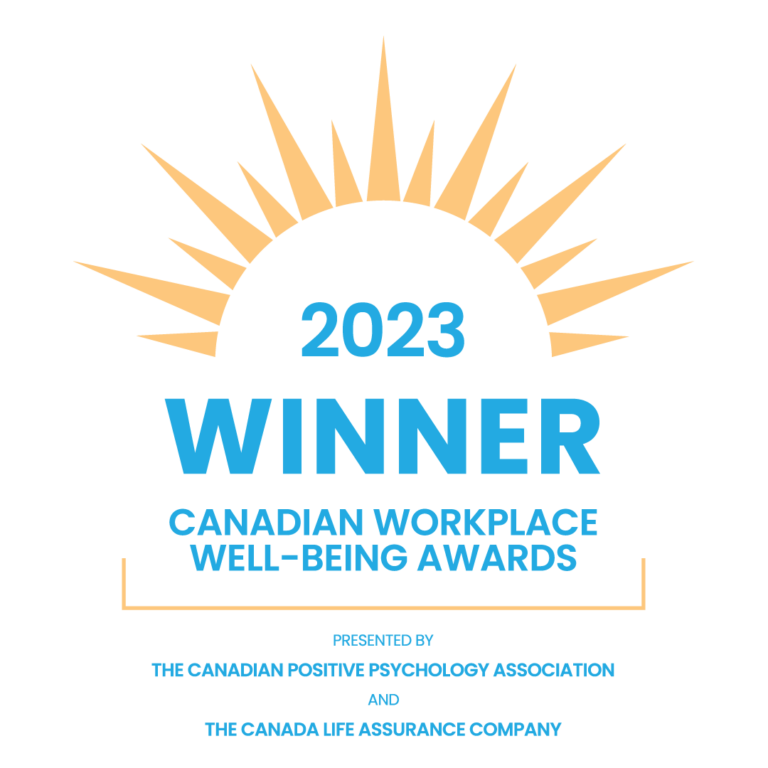
On Tuesday, November 21, our friends at the Canadian Positive Psychology Association (CPPA) hosted its third annual Canadian Workplace Well-Being Awards (CWWA) Ceremony & Conversations with Winners, where it celebrated outstanding achievements in workplace well-being in Canada. This recognition celebrates organizations that have demonstrated exceptional dedication and innovation in enhancing the well-being of their employees.
The winning organizations have demonstrated that when employees are supported, valued, and given opportunities to thrive, it not only boosts morale but also contributes to increased productivity and overall success. Their achievements reflect the values that the CPPA promotes in its mission to promote the science and practice of positive psychology in Canada.
The CWWA 2023 Winners:
🏆Non-profit/charity
- Canuck Place Children’s Hospice (Vancouver, BC)
- Creative Options Regina (Regina, SK)
- Kids Help Phone (Toronto, ON)
🏆Small public/private sector organizations
- Sklar Wilton and Associates (Toronto, ON)
- PulseLearning (Fredericton, NB)
🏆Large public/private sector
- Best Buy (Vancouver, BC)
- Cenovus Energy (Calgary, AB)
- Gorman Group (West Kelowna, BC)
- TransLink (Vancouver, BC)
- BMO (Toronto, ON)
For more information about the Canadian Positive Psychology Association and its mission to promote well-being and positive psychology in Canada, please visit www.cppa.ca . For more information on the Canadian Workplace Well-Being Awards, please visit cppa.ca/cwwa2023/.
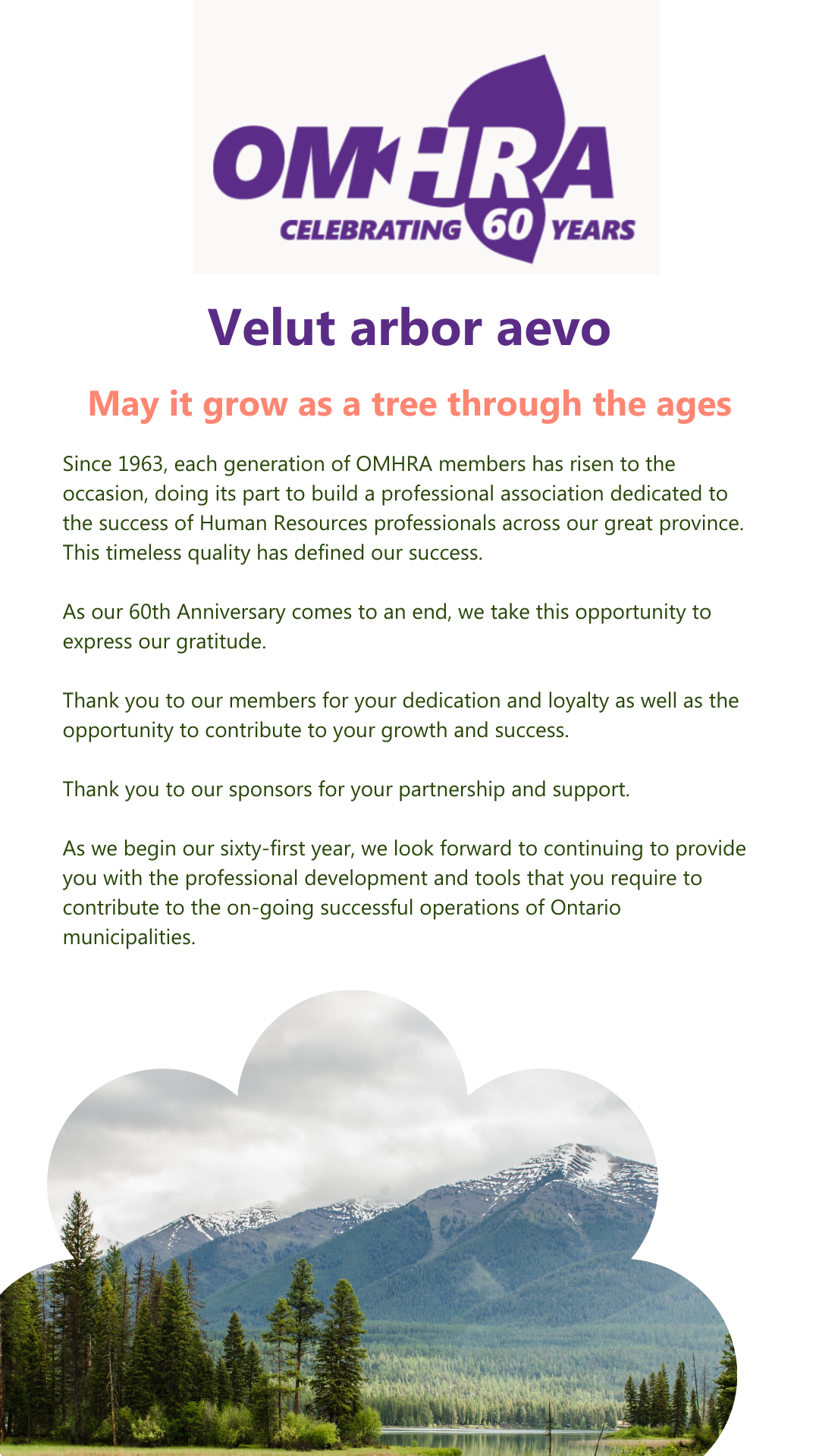
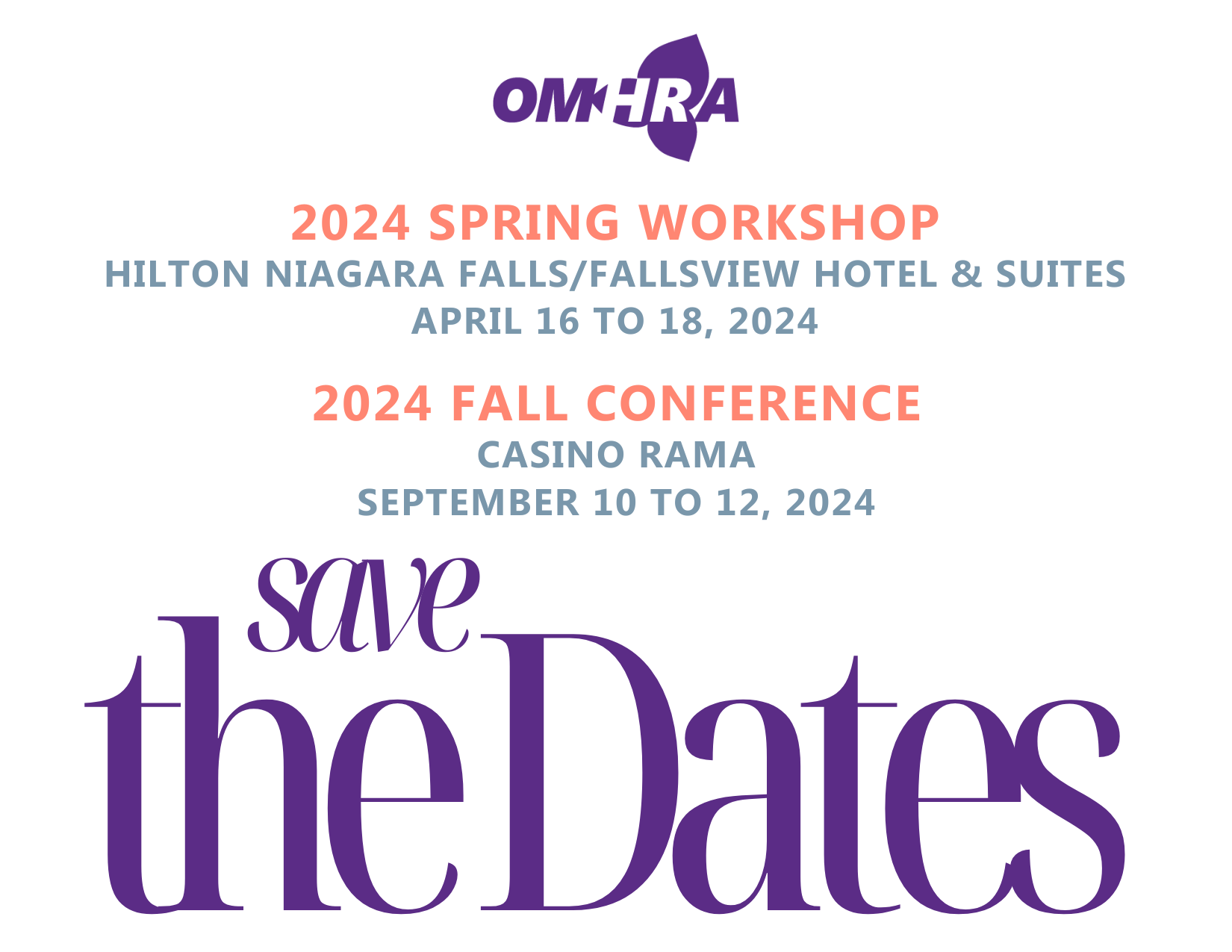
Table of Contents
- 1
- 2
- 3
- 4
- 5
- 6
- 7
- 8

